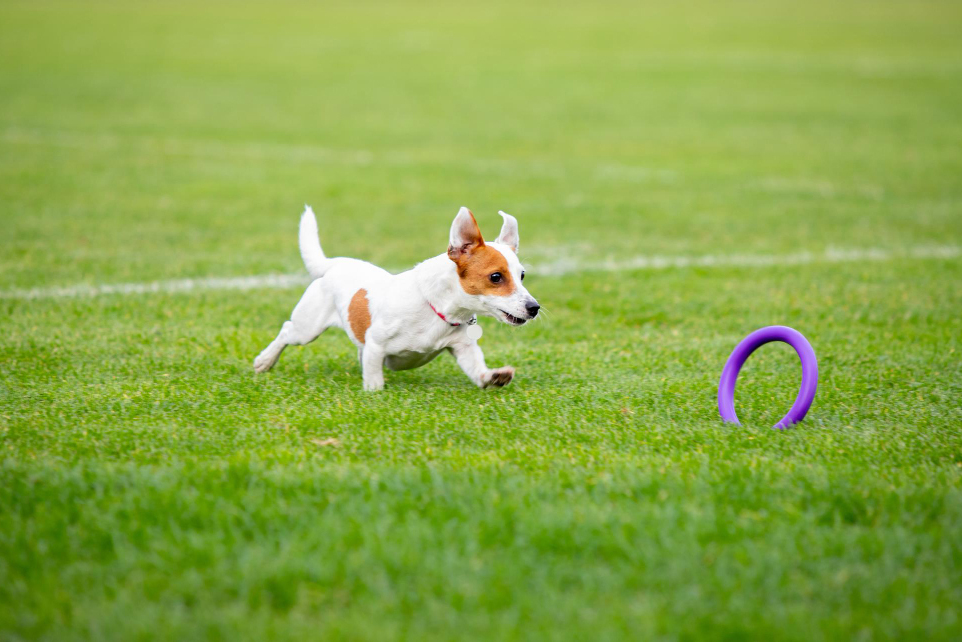Sod VS Artificial Grass for Dog Parks: Which One is the Best?

Maintaining a dog park requires a lot of effort, time, and most importantly, the right kind of turf. A suitable dog park turf should be tough enough to handle tons of canine traffic. The most commonly used dog park turf types are sod and artificial grass. Both are practical, but each of them has its pros and cons, making it hard to choose one over the other. This post explores the pros and cons of both types to help you make an informed decision.
1. Cost
Sod is a more affordable option because it's a natural grass that takes time to grow. The cost of installing sod is lower than that of artificial grass, which is made of synthetic materials. However, when considering long-term factors, including installation, maintenance, and replacement, artificial grass may cost less in the long run.
2. Appearance
Sod has a natural look but requires regular maintenance to keep it healthy and well-manicured. Artificial grass, on the other hand, maintains a lush appearance at all times, regardless of the weather, without requiring any labor-intensive maintenance. Even though both types of turf require regular cleaning, artificial grass does not require mowing, watering, or fertilizing, making it a more practical option for dog parks.
3. Durability
The durability of turf is an important factor to consider when making a choice between sod and artificial grass. Sod is hardwearing, but it is more prone to wear and tear under a high level of foot traffic. Dogs running and playing on natural grass can tear the ground over time and create bald spots. Artificial grass is more durable than sod and can withstand heavy use without wearing out. It's made of synthetic materials that are designed to stand up to skidding, jumping, and digging.
4. Hygiene
Dog park floors should be as hygienic as possible, and both sod and artificial grass have their advantages. Sod is a natural grass that absorbs urine and other dog waste without developing unpleasant odors. On the other hand, artificial grass is more hygienic as it inhibits bacterial growth, does not hold moisture, and is easily cleaned. Some synthetic grass options have an inbuilt antimicrobial treatment to deal with pet waste, keeping the turf fresh and odor-free.
5. Safety
The safety of your dog park is critical, and the turf you install must guarantee your dog's safety. With natural grass, you cannot be sure what you are stepping on as dogs can bury things that could be hazardous. Artificial grass, however, enables effective waste disposal, so you can keep the park clean and hazard-free. It is also advantageous because it tends to encourage dogs to run and play on a surface that is smooth, without any potholes or car tire tracks that can cause slips and falls.
Conclusion
When deciding on the best dog park turf, consider your budget, maintenance requirements, durability, hygiene, and safety. Artificial grass is an excellent choice for dog parks as it is easy to install, maintain and lasts a long time. From the Ground Up Landscaping can provide you with more information and help you decide on the best dog park turf that meets your needs. If you're looking for a dog park turf companies in Florida, contact us today for a free estimate.